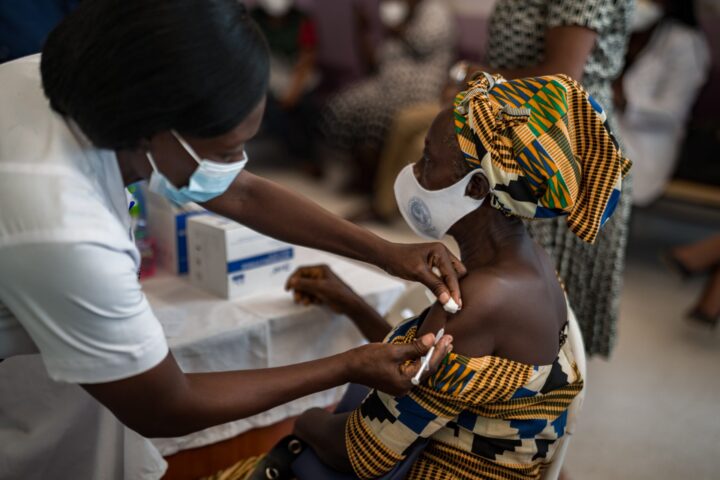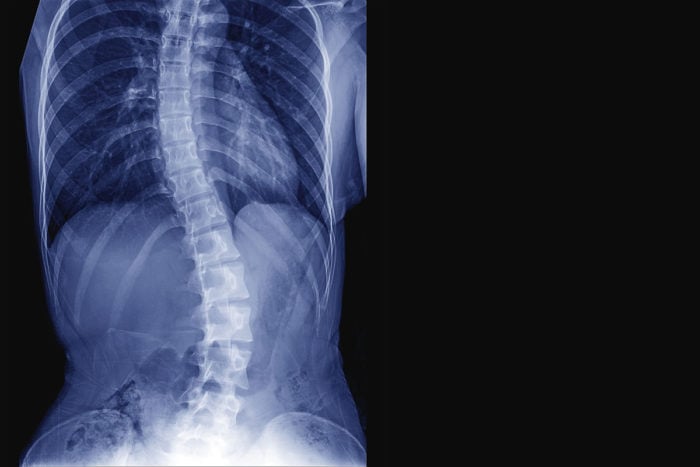Photo: World Health Organisation
BY MARYAM BAJEPADE
Generally, health is defined as a state of complete physical, mental and social well-being and not merely the absence of disease or injury (WHO). It goes without saying that the idealism expressed in this definition has not been achieved yet.
A large majority of the population is often able to enjoy only one aspect of this definition and on the large scale of things, these are the lucky ones. The other part of the population suffers from a lack of airtight mental health, a lack of resources to prevent physical health breakdowns and a wobbly social structure that does not afford them the social security to experience the perfect social well-being.
In spite of what looks like a gross inability to achieve the perfect state of health, the entire human population has experienced significant improvement in general health care over the last century through the remarkable progress and developments in public health. This can be proven through marked improvement in the positive statistics of general markers of public health strength such as life expectancy and infant mortality.
Advertisement
The American Public Health Association defines public health as the practice of preventing disease and promoting good health within groups of people, from small communities to entire countries (with the aim of prolonging life among the population as a whole). While clinical practice focuses on the patient as an individual, public health uses the holistic approach of preventive medicine and promotion of general wellness by encouraging cumulative health behaviours that translate into a healthy society. To achieve this goal, an emphasis is placed on health-protective behaviors, disease prevention and the promotion of general well-being.
THE GAP PUBLIC HEALTH FILLS
In the last century, populations faced an alarmingly large number of health hazards and risks that limited, for instance, the life expectancy of the average Nigerian to about 33 years in 1950. With the aid of public health measures such as researches into vaccine production, campaigns against smoking and alcohol use, campaign for practices like regular hand-washing, life expectancy in Nigeria has grown to about 55 years in 2020 (macrotrends.net).
Advertisement
Compared to developed countries like the United Kingdom where life expectancy has improved from about 68 years in 1950 to about 82 years in 2020 and Japan, where life expectancy has increased from 60 to 85 years, developing countries like Nigeria still have a long way to go.
Public health contributes to the improvement of the health of the population by delivering essential and primary public goods like vaccines, protecting community health, addressing risk factors that are difficult for the public to visualize such as smoking and lack of regular hand-washing, setting parameters for continuous health system reform and adaptation, and driving essential research in specific areas such as vaccine development. Public health results are measured in terms of improved health status, scarce resources saved and improved quality of life.
The story of public health is not a simple one to tell. One cannot point at a single professional who is at the helm of its affairs as there are so many health professionals who play important roles. The concept is broadly involved with the biological, environmental, social, cultural, behavioural and service utilization factors associated with health that no one is accountable for addressing everything.
However, all members of the public health team share in the successes and failures of their collective decisions and actions. This achieves a unique result where all members of the team are accountable to each other for the results of their efforts.
Advertisement
THE STRUCTURE OF PUBLIC HEALTH
Public health can be seen as a broad social enterprise and in a manner of speaking, a movement. This enterprise aims to extend the benefits of new scientific knowledge in ways that will have a profound positive impact on the health status of the population.
The mission and functions of public health in relationship to the inputs, processes, outputs, and outcomes of the system can be shown through the following:
INPUTS (CAPACITY): These are the resources and relationships necessary to carry out the core functions and essential services of public health.
Advertisement
PROCESS (PRACTICES AND OUTPUTS): These are the collective processes that are necessary and accurate enough to ascertain that the main functions of public health are being carried out effectively. Such processes include the key processes that identify and address health problems, causative factors of such health problems and the solutions required to prevent death, disease and disability while promoting the quality of life of the population.
OUTCOMES (RESULTS): These are the long-term objectives that are used as measures when defining optimal, measurable future levels of health status. They include indicators of public health status like infant mortality, life expectancy, and disability or chronic diseases rate.
Advertisement
PUBLIC HEALTH SYSTEMS IN NIGERIA
In Nigeria, public health has gone through pre-colonial, colonial and post-colonial eras. The pre-colonial era was dominated by traditional medical practices which were unorganized and were therefore not done according to a fixed system. The colonial era (colonial rule to 1960), featured Missionary groups who arranged fragmentary medical services for a few people in missionary and government medical facilities, while the post-colonial era has seen a formalisation of the colonial medical services.
Advertisement
Modern-day Nigerian public healthcare system is a decentralized one which is divided on a 3-tier basis that includes National, State and Local government levels (including the private sector). The highest policy-making body is the National council on health which includes the Minister of health, the state commissioners and their professional advisers such as Permanent secretaries who are expected to be technocrats.
Generally, public health systems are managed by the federal ministry of health (FMOH), state ministry of health (SMOH), and local government health department (LGHD). The FMOH is the overall health policy body that coordinates and supervises the activities of the other levels.
Advertisement
Nigeria is greatly underserved in the public health domain, especially in the rural areas, with inadequate health facilities and personnel. The easily accessible structures of public health available in most Nigerian rural areas are primary health care facilities, which are often understaffed and under furnished.
Generally, the financing of public health is tied to the flow of funds from the federal government account. Funds are shared between the levels of government according to an allocation formula that gives half to the federal level, a quarter to the 36 states, and the other quarter to the local governments. These resources are not divided based on sectors and the states and LGs are not mandated to provide budget and expenditure reports to the federal government.
Therefore, Nigeria leaves the most important level of health care- primary health care- to the lowest tier of government which results in poor coordination and integration between levels of care. The direct result of this is a weak and disorganized health system.
Various attempts at reform have been done by the federal government to address the key issues in the public health system. Examples of such attempts at reform include the formation of a National Primary Health Care Development Agency (NPHCDA) to solve the challenge of financing and responsibility.
There is a major drawback in the activities of the NPHCDA: it is a federal agency with no constitutional backing to implement programs or policies at the state and local government levels. Therefore, the effectiveness of the organization lies on the willingness and cooperation of the state and local governments which depends heavily on financial commitment from the movers and shakers at these levels of government.
To get better results, primary health care facilities should be moved directly under the federal government with a healthy portion of tertiary care being shifted under the wings of the state government.
Other attempts at public health reform include the implementation of behavior change programs like hand-washing campaigns and encouraging the use of seat belts to limit casualties in road accidents, vector-control activities such as the encouragement of health practices to limit exposure to mosquitoes, and occupational health and safety legislation.
Provision of timely information aimed at combating possible health menace is an important function of community health that must be achieved to ensure a solid public health system. This role is being filled by a number of young public health professionals, like “Aproko Doctor” and “Pharm Radio”, who go out of their ways to provide the information needed to improve general public health.
Non-Governmental organizations such as Society for Family Health and AIDS Prevention Initiative in Nigeria (APIN) as well as professional bodies like the Pharmaceutical Society of Nigeria, Pharmaceutical Society Nigeria-Young Pharmacists Group and are instrumental in the development of the Public health system in the country.
CONCLUSION
The vision of public health is simple: healthy people in healthy communities. Public health systems aim to achieve this by promoting healthy behaviors and research that promote physical and mental health in the population. The systems focus on disease prevention and reduce the threat of widespread occurrence of an infectious disease in the community. There is a particular focus on workplace safety with the goal of preventing injuries and disabilities. There’s also the assurance of the quality and accessibility of health services.
Public health is unique in that it has a dynamic, ever-expanding agenda that has a basis in social justice philosophy and is fully grounded in science. Over the decades, the Nigerian public health system has encountered several challenges and the reformation of the system is an ongoing process that requires all hands on deck.
Maryam ‘Funke Bajepede is a clinical pharmacist and a freelance writer. She holds a bachelor’s degree in pharmacy from Obafemi Awolowo University and currently serves as the branch manager for Medplus pharmacy, MMA2 Annex.
Views expressed by contributors are strictly personal and not of TheCable.






